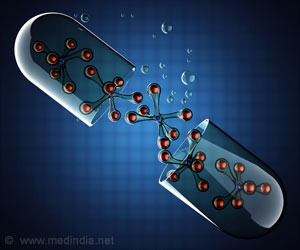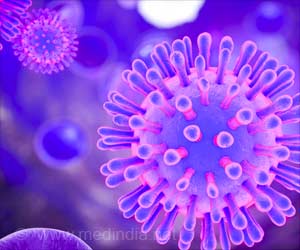The tiny microrobots effectively use the shape of the electric field they’re riding as a way to detect obstacles and navigate around them.

‘A tiny chip smeared with negative-charged flagellated bacteria, potentially leads to building microscopic devices to deliver drugs at the cellular level.’





The negatively charged bacteria enable the microrobots to follow the electric fields. The electric fields do not control the microrobots but allow them to sense their environment and to move around. “We know electric fields can be used to push the microrobots in any direction, like a boat carried by the ocean’s currents, but in this paper we’re exploring how those same fields can be used to help the robot detect obstacles and navigate around them,” said MinJun Kim, PhD, a professor in the College of Engineering and director of Drexel’s Biological Actuation, Sensing & Transport (BAST) Lab.
The devices are powered by rod-shaped Serratia marcescens, the flagellated microorganism commonly associated with urinary tract and respiratory infections. S.marcescens carries a negative charge.
A tiny chip harnessed with the negatively charged microrobot can stay afloat and swim around by riding electric fields applied to its environment. The researchers positioned two electric fields orthogonally to each other, creating a grid. The obstacles within the grid affect the field’s shape, which the microrobot recognizes and uses to avoid the obstacles.
“With this level of control and input from the environment we can program the microrobot to make a series of value judgments during its journey that affects its path,” said Kim.
Advertisement
Advertisement








